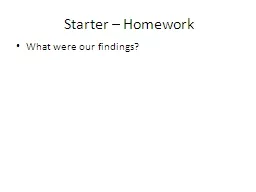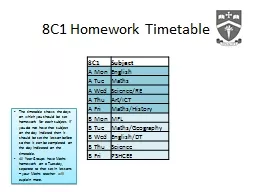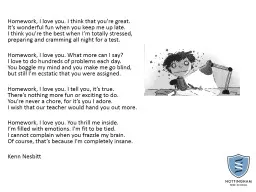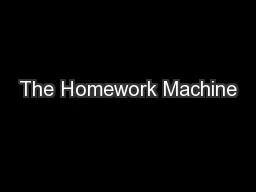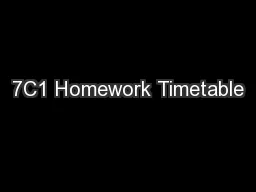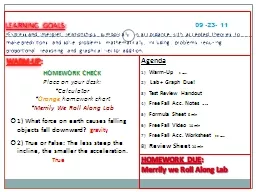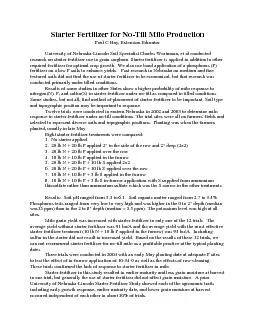PPT-Starter – Homework What were our findings?
Author : karlyn-bohler | Published Date : 2018-11-18
Computer Science 311 Constantsvariables and data types 2 Success Criteria You need to be able to explain the function of a one and two dimensional array You need
Presentation Embed Code
Download Presentation
Download Presentation The PPT/PDF document "Starter – Homework What were our findi..." is the property of its rightful owner. Permission is granted to download and print the materials on this website for personal, non-commercial use only, and to display it on your personal computer provided you do not modify the materials and that you retain all copyright notices contained in the materials. By downloading content from our website, you accept the terms of this agreement.
Starter – Homework What were our findings?: Transcript
Download Rules Of Document
"Starter – Homework What were our findings?"The content belongs to its owner. You may download and print it for personal use, without modification, and keep all copyright notices. By downloading, you agree to these terms.
Related Documents

